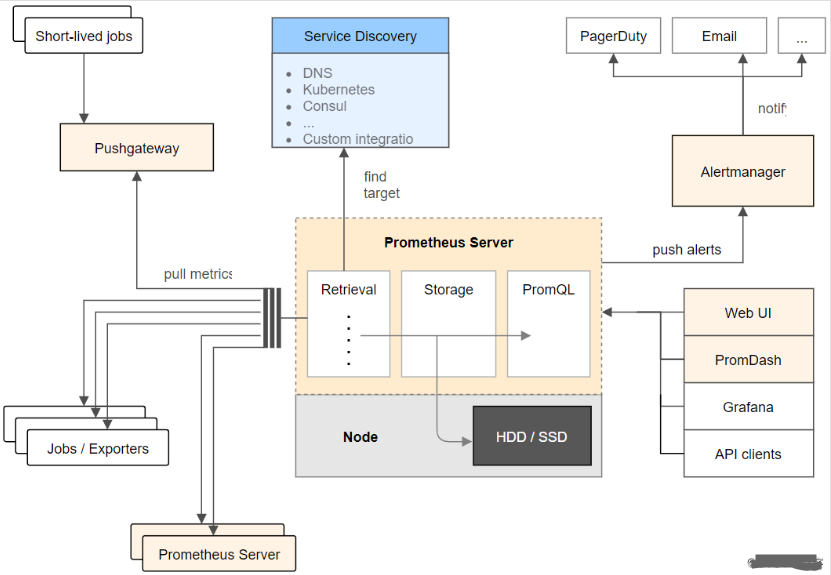

Image: quay.io/prometheus/node-exporter:latest container_name: node_exporter command: Path.rootfs as prefix to access host filesystem. This argument must match path in bind-mount of host root. If you start container for host monitoring, specify path.rootfs argument. The node_exporter access to the host namespaces.īe aware that any non-root mount points you want to monitor will need to be bind-mounted To deploy it as a Docker container because it requires access to the host system.įor situations where Docker deployment is needed, some extra flags must be used to allow The node_exporter is designed to monitor the host system.

Ansibleįor automated installs with Ansible, there is the Prometheus Community role. The node_exporter listens on HTTP port 9100 by default. If you are new to Prometheus and node_exporter there is a simple step-by-step guide. To expose NVIDIA GPU metrics, prometheus-dcgm
#Prometheus node exporter helm windows
The Windows exporter is recommended for Windows users. Use the values displayed in the Outputs tab for the stack, as shown in the following figure.Prometheus exporter for hardware and OS metrics exposed by *NIX kernels, written When the status is CREATE_COMPLETE, the Prometheus deployment is ready. Under Capabilities, select the two check boxes to acknowledge that the template creates IAM resources and might require the ability to automatically expand macros. On the Review page, review and confirm the template settings. When you finish reviewing and customizing the parameters, choose Next. For details on each parameter, see the Parameter reference section of this guide. For all other parameters, review the default settings, and customize them as necessary. Provide values for the parameters that require input. On the Specify stack details page, change the stack name if needed. The template launches in the us-east-2 Region by default. This is where the network infrastructure for Prometheus is built. For more information, see Managing users or IAM roles for your cluster.Ĭheck the AWS Region that’s displayed in the upper-right corner of the navigation bar, and change it if necessary. This allows the Quick Start to manage your cluster via AWS CloudFormation. Monitor the stack’s status until it is CREATE_COMPLETE.įrom the Outputs section of the stack, note the KubernetesRoleArn and HelmRoleArn roles.Īdd the roles to the aws-auth config map in your cluster, specifying system:masters for the groups. On the Review page, review and confirm your template settings. On the Options page, specify the key-value pairs for resources in your stack, and set advanced options. These can be obtained from the EKS cluster console. Enter the name of the Amazon EKS cluster you want to deploy to in addition to the subnet IDs and security group ID associated with the cluster. On the Create stack page, keep the default setting for the template URL, and then choose Next. To change the Region, choose another Region from the list in the upper-right corner of the navigation bar. The template launches in the US East (Ohio) Region by default. For details, see Planning the deployment, earlier in this guide. Sign in to your AWS account at with an IAM user role that has the necessary permissions.


 0 kommentar(er)
0 kommentar(er)
